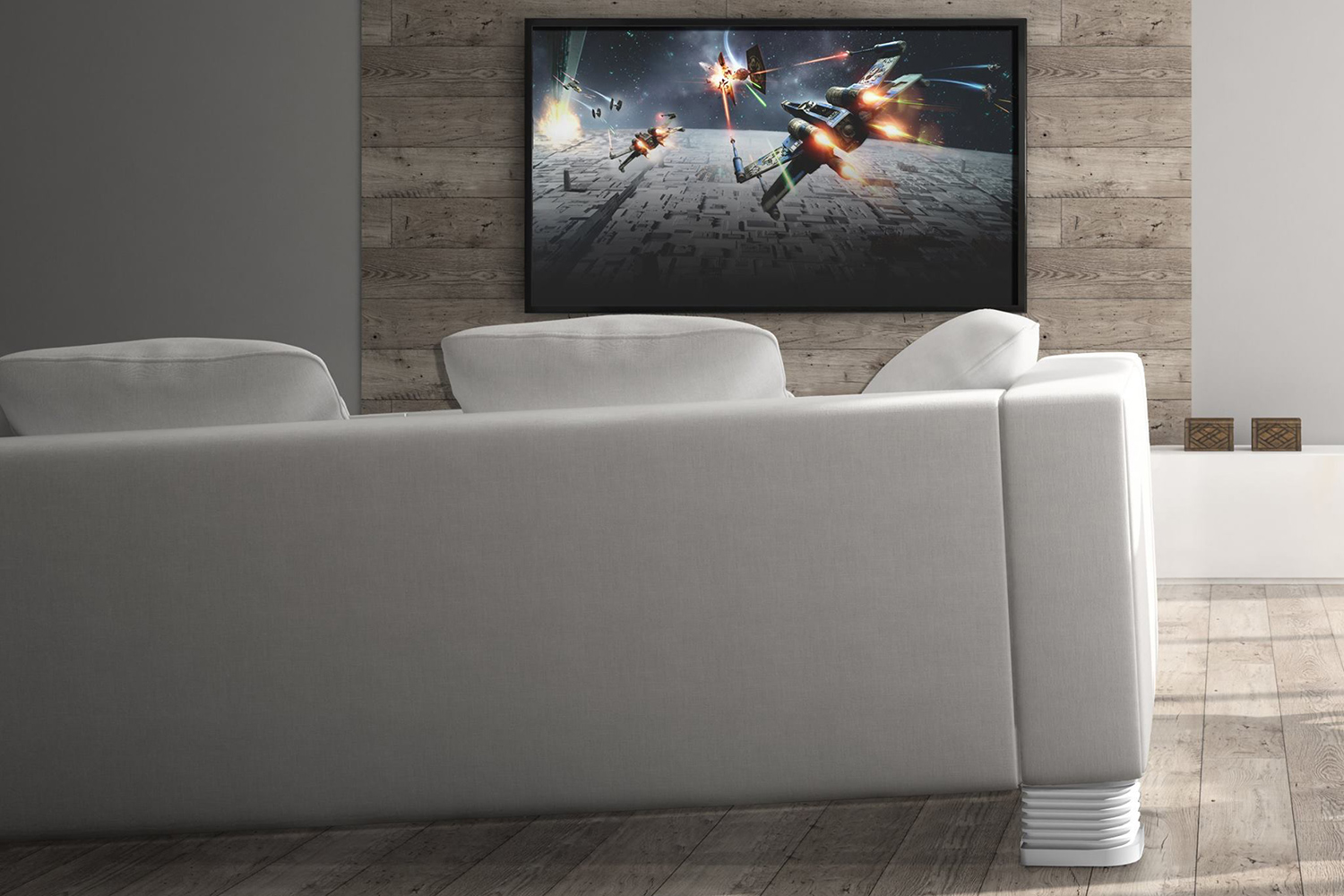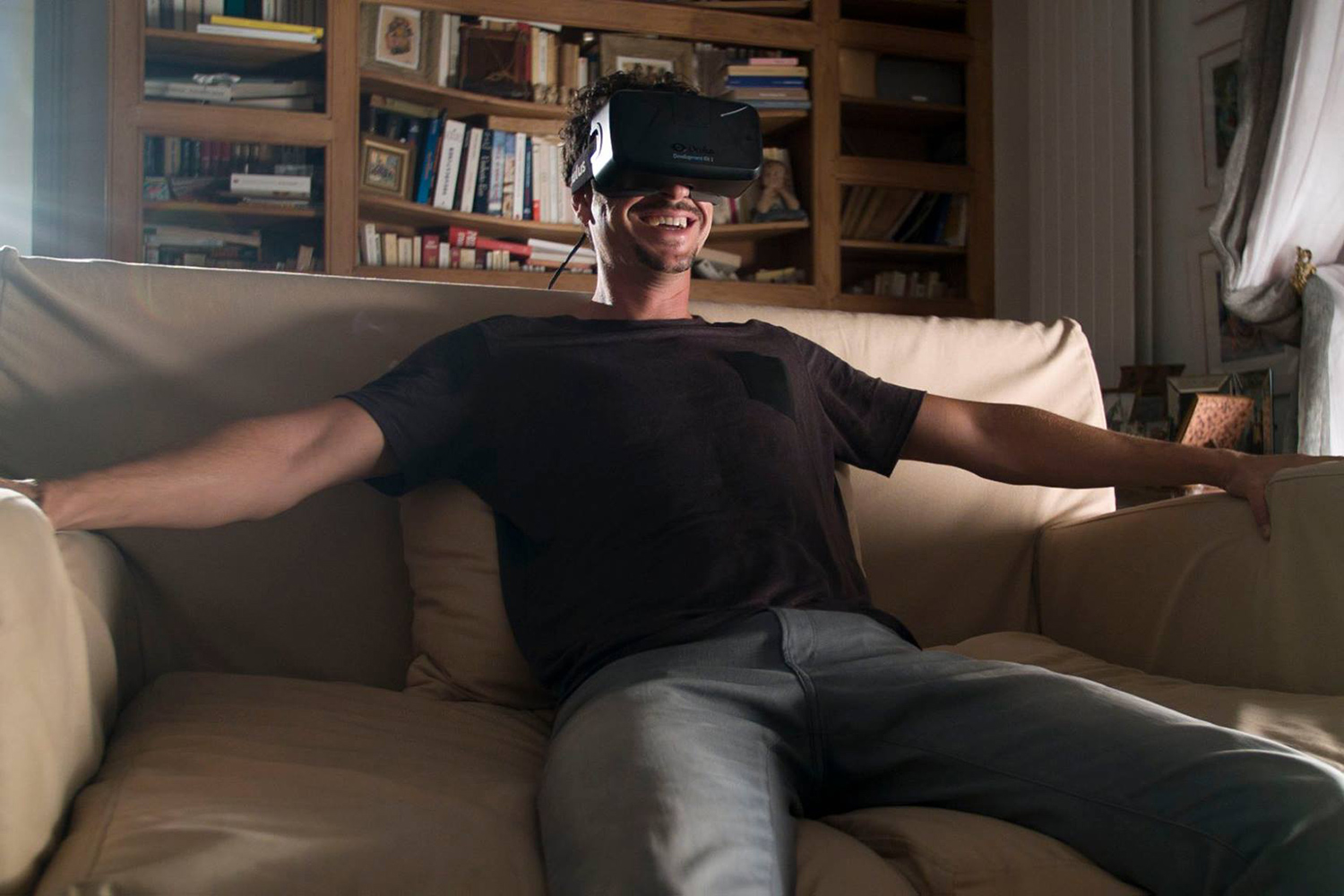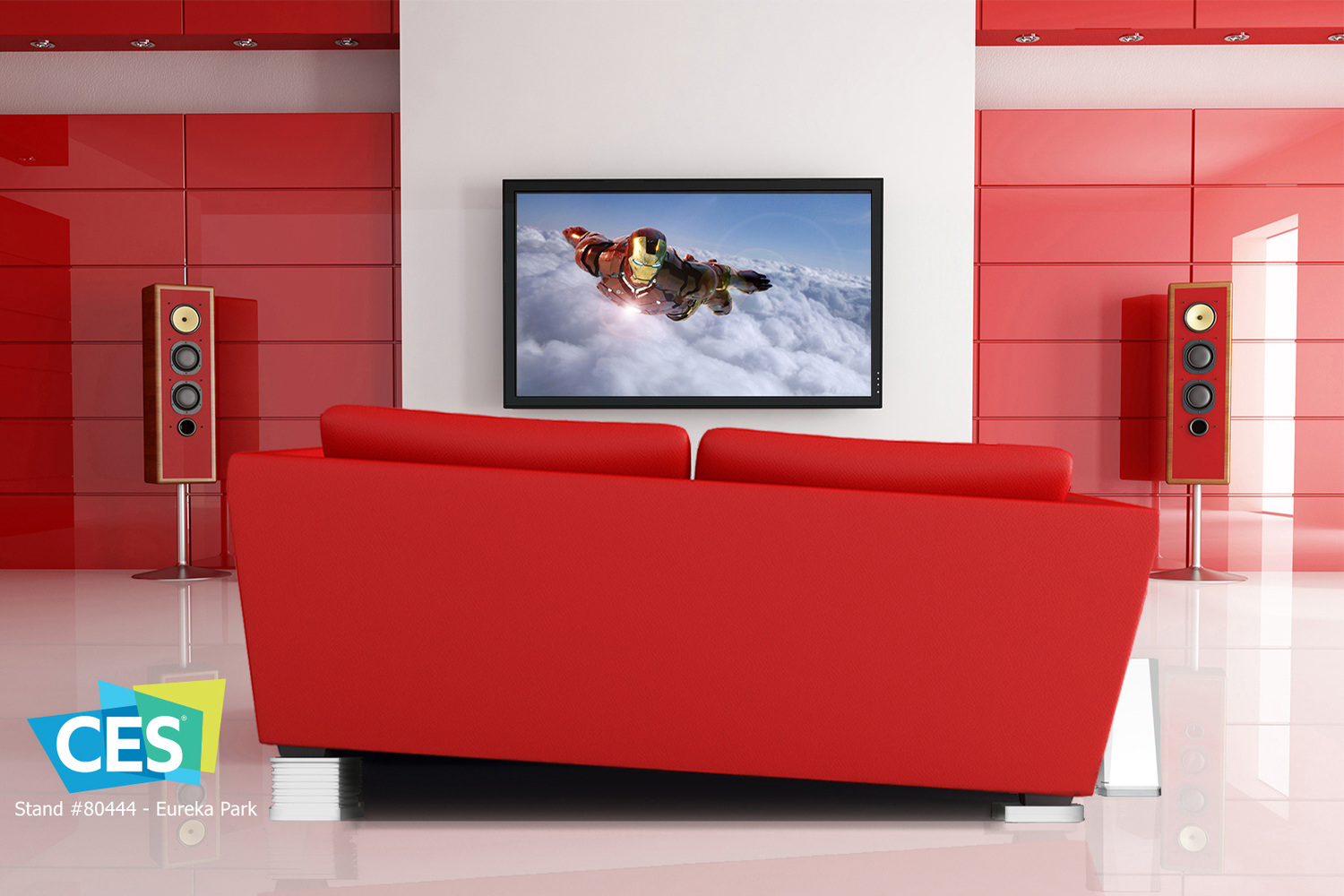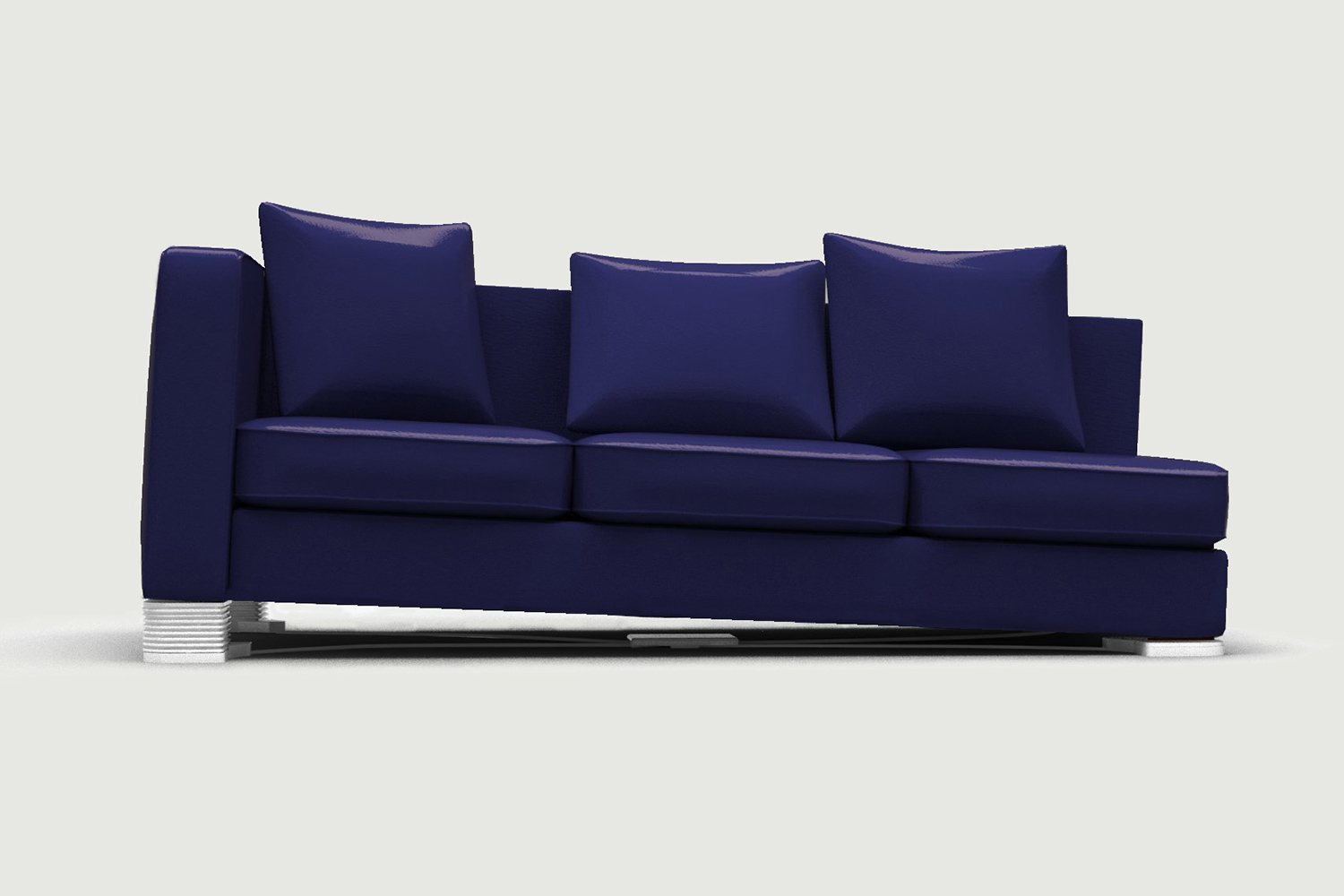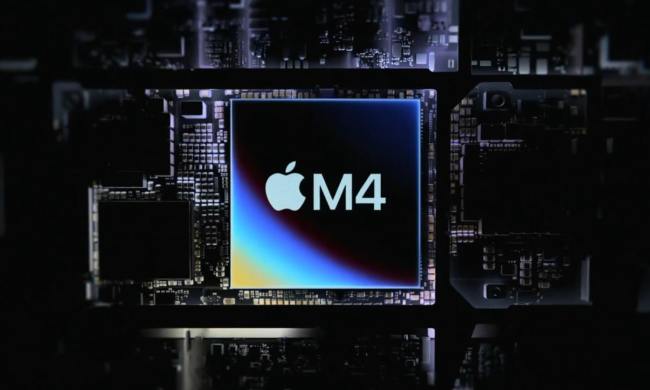Updated on 2-12-2016 by Maria Mora: Added news of a Kickstarter campaign and pricing.
Immersit offers a novel method of augmenting the virtual experience. By adding small feet to the bottom of your chair or couch, the device can physically move your entire seated body to better reflect the action playing out on screen. In a demo shown at CES, the company used a chair and a VR race track demo to show of its technology. The chair bucked and tilted to simulate the track and the effects of G-forces as the car speed around the raceway. The company just launched a Kickstarter campaign for the vibrating sofa.
While this sort of experience seems geared towards virtual reality headset compatibility, it’ll also function perfectly well with a typical monitor or TV. The rumbles, shakes, and other motions your couch makes might not convince you that you’re a part of the action, but it’ll still offer excitement similar to that of a 4D amusement park attraction.
Immersit is stressing is its ease of use. It’s being described by its creators as plug-and-play, and while outfitting your couch might take a bit of set-up, it’s expected that the process of using the device will be very easy from that point on.
Immersit also has a major advantage in the fact that content creators don’t have to tailor their movies or video games towards compatibility with the device. The tech behind the project boasts a “Shazam-like” feature that can read content and decide which motions are appropriate on-the-fly.
There’s reason to be intrigued by Immersit, but it’s difficult to determine just how much success the device will find without having seen how well it integrates with a range of movies and games. Depending on the execution, it could either be a meaningful way of drawing the player into the experience, or a thin gimmick.
The motion generating kit costs between $504 – $904. If you’re interested in purchasing the couch, head over to the device’s Kickstarter campaign.
More information on the Immersit can be found at the device’s official website.
